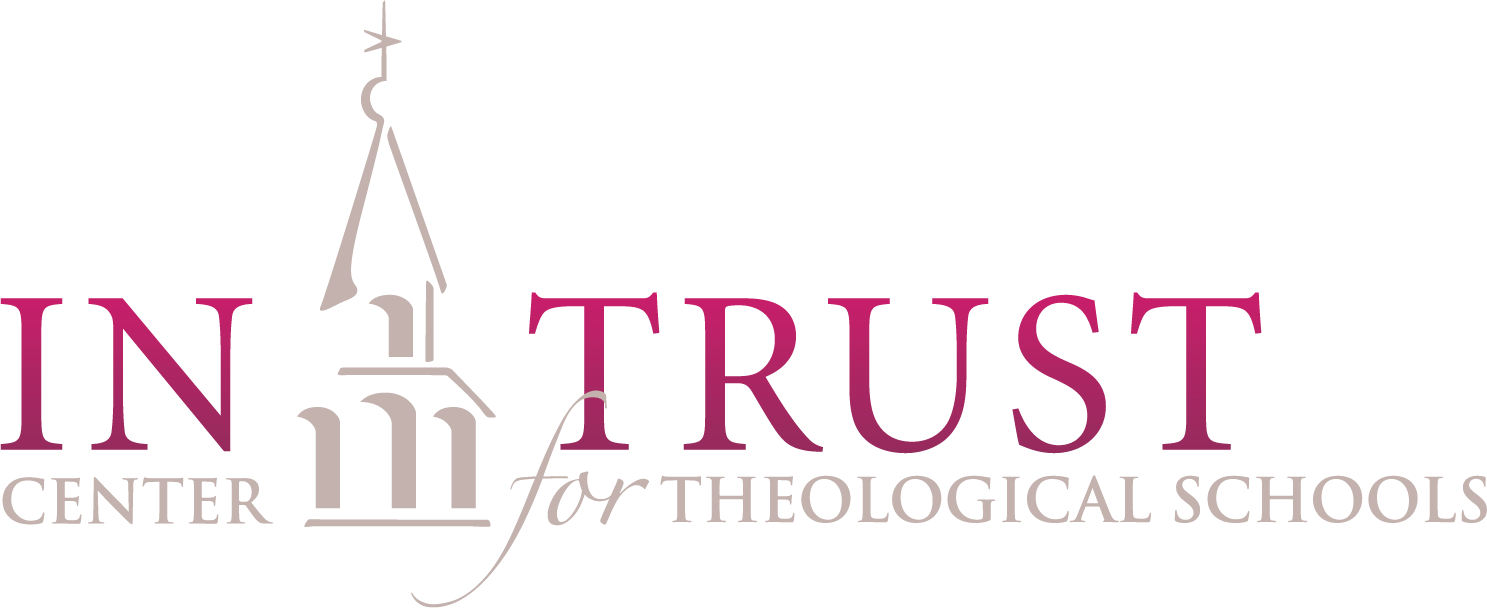I recently found myself giving an impromptu training session over the phone.
I was on the line with a church administrator about the language translation plug-in I’d installed on her parish’s new website. I adjusted the phone at my ear, took a deep breath and said, “Trust me, this is easier than it seems.”
For four years, I served as a “digital missioner” at an Episcopal seminary, where I offered resources and training for colleagues interested in doing spiritual development and Christian education in new ways.
One thing I learned is that fear is the chief obstacle to doing ministry online. In the case of the church administrator struggling with the translation plug-in, it was more important to reassure her that she could learn the task than it was to tell her where to click.
Relationship, in other words, was the key to moving forward. That’s why, when the organization I serve began our work spreading digital literacy in the Episcopal Church and beyond, we prioritized forming learning communities.
If “overcome fear with relationship” or “begin with community” sound to you like lessons from Church Leadership 101, then you get my central message.
The good news about digital media ministries is that they are, first and foremost, ministries.
Are you a lay or ordained church leader? Then you have already been called to live out (and probably trained to take on) Christian acts of hospitality and proclamation, formation and service, fellowship and solidarity.
If you want to learn to minister online, the challenge is to align your existing ministry instincts with this new environment. You already have everything you need to be an effective digital media minister -- except maybe some practice.
In her book “Faith Formation 4.0,” my colleague Julie Anne Lytle calls one chapter “Message, Method, then Media.”
Her point is that technological bells and whistles -- the media -- are not the point of the work. They may worry us or keep us from moving forward, but they’re not the hard part.
Technology is comparatively straightforward and continues to get easier to use -- most of the time, you can solve your problem with a how-to video on YouTube.
It’s people who are complicated, and your training and experience indicate that you likely already know something about connecting with people.
Moreover, technology isn’t the source of the power of these ministries. It’s true that the method of interactive communication online allows us to reach more (and more varied) people. But it’s the message of the gospel, of God’s transforming love, that will matter for those people.
That message hasn’t changed in 2,000 years.
So if you’re feeling down about your ability to reach out online, let me encourage you to reframe your situation with an example. Imagine you are leading a Bible study at church. Suppose someone in the group makes a comment that is met initially with silent stares around the table.
What facilitation options do you have in that moment?
You might want to make a sympathetic hum of recognition if the comment has resonated. If not, you might try tilting your head a bit off-axis and squinting slightly as if to say, “I’m not quite following you.”
You might use your arms to gesture gently around the room, inviting follow-up comments from others. Or you might respond verbally yourself, or invite someone else to.
The point is, you want to honor the contribution this person has made. An obvious goal of group facilitation is to help ensure that everyone feels heard and valued.
The same principle applies in a digital environment. If you’re hosting a conversation on a Facebook comment thread or online discussion board, you still want to avoid letting someone go unheard.
Online, your responses are likely to be word-based, since nonverbal communication is limited. But sometimes a playful emoji, a carefully chosen image or a simple “Like” can help acknowledge and recognize someone’s contribution.
Of course, we can take this fairly mundane example to a more high-pressure pastoral level.
Perhaps someone says something mildly or extremely inappropriate. Your in-person ministry instincts are to communicate that this behavior is out of bounds, hopefully with reference to some kind of group norms or church policy about how people of faith treat each other.
You need to decide whether to relay that message in public or in private, depending on the severity of the situation. You might even need to remove the abusive person from the room, and to support the person who was mistreated.
Here again, the same principles apply. It’s important that you are clear about appropriate behavior in the online conversations in some way “hosted” by your church, and it’s important that you enforce those rules in cases of abuse.
There are private channels (like direct messaging) and public tools (like deleting a comment or blocking someone) to use according to your good judgment.
As Meredith Gould puts it in her helpful book “The Social Media Gospel”: “Use the comforting knowledge that virtual community is real community to guide your response. … Tap into what you already know about responding to someone whose pain manifests as anger.”
You already have what you need.
If that’s true, then how should you take your first steps as a digital media minister? You need to practice, preferably beginning under the direction of an experienced mentor, and always in collaboration with trusted colleagues. As in any new setting, you should listen before you participate and participate before you take on a leadership role.
Find out where people in your community spend time online and join them there. Let your motto be “As in the parish hall or coffee shop, so on the parish website or neighborhood discussion board.”
You don’t need an extra tunic, though your smartphone charger may come in handy. The Holy Spirit will be there to help you take care of the rest, as she has been all along.








